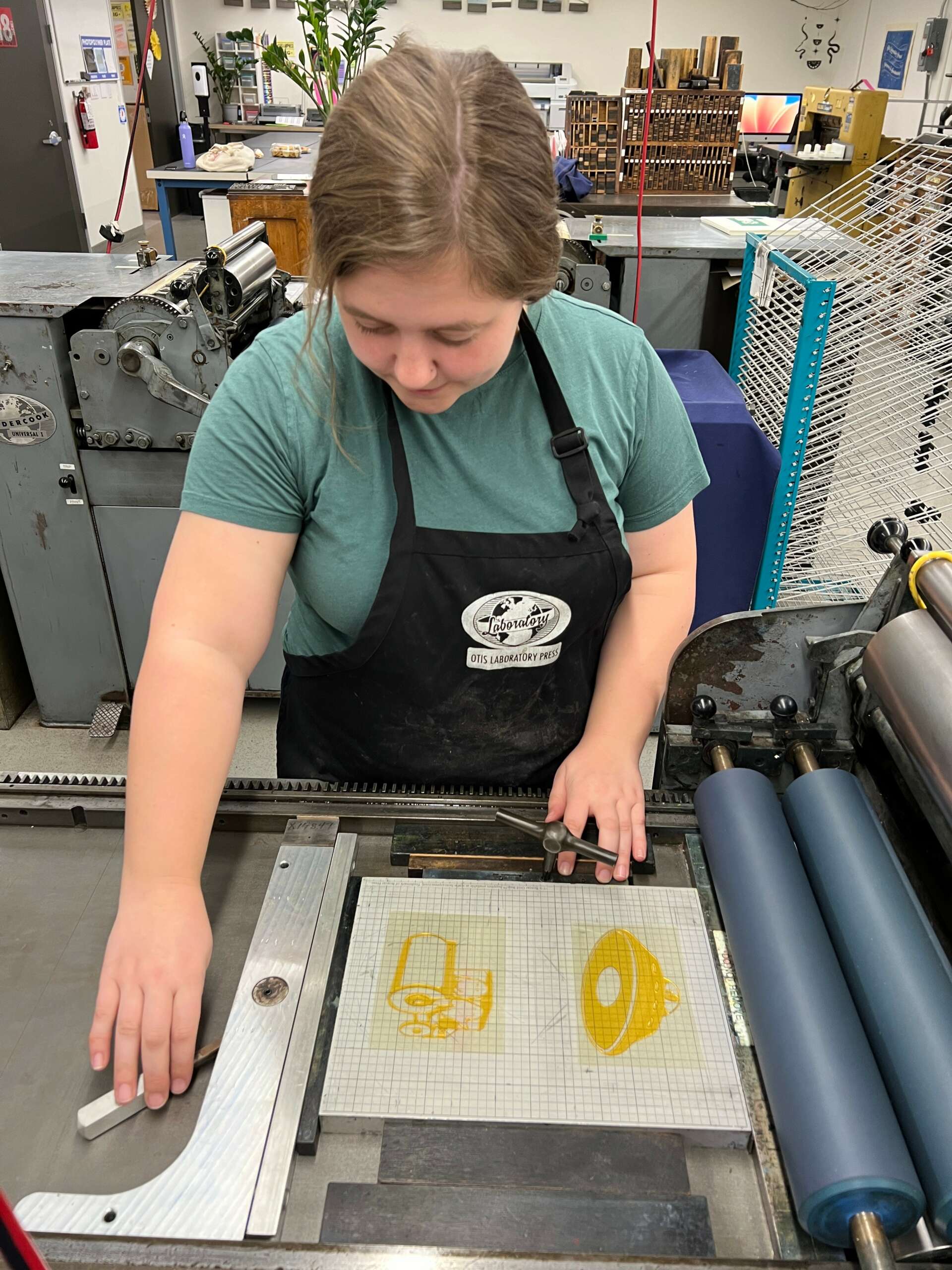We recently connected with Madeline Helland and have shared our conversation below.
Hi Madeline, thanks for joining us today. Can you talk to us about how you learned to do what you do?
My creative work falls into the somewhat niche field of book arts. This process requires a number of different skills but the most specialized ones are printing and bookbinding.
I was very lucky because I was able to learn these methods while I was an undergrad. Scripps College offered a course in letterpress and bookbinding that provided me with an excellent foundation in those areas. Under the instruction of Kitty Maryatt, who had been leading the program for 30 years, each student in the class used antique printing presses and moveable metal type to print short essays and bind an edition of 115 mini books that were compiled into a small library at the end of the semester. The following semester I helped a graduate student bind 75 books for her MFA exhibit, which helped me practice my new skills. My final undergrad book project was my senior thesis, an illustrated adventure story called Field Guide. I received guidance from a new book arts instructor, Tia Blassingame, who also helped me find funding through the College Book Arts Association to turn this book into a small edition of 15.
I started creating books independently after this and took workshops to sharpen my skills. Right after graduating, I traveled to the San Francisco Center for the Book to attend their week-long bookbinding core intensive, which guided me through four fundamental book structures and refined my skills in bookbinding. I spent the following year visiting various art and community spaces across Los Angeles to learn new skills like box making, screen printing, and Risograph.
As much as I had loved learning letterpress as a student, it wasn’t a skill I was able to continue practicing without access to a studio with specialized equipment. After the Pandemic, I got a chance to revisit letterpress and incorporate it into my artistic practice. I was working at the International Printing Museum in 2022 when I helped launch a new teaching space called the Book Arts Institute. I was able to work with letterpress educators as they planned their classes and sat in on a few of them. I brushed up on my old skills and learned many new ones. A year later I started a new position at Otis College of Art & Design as a studio technician in the letterpress studio, Laboratory Press. My experiences at Otis really elevated my skills in letterpress to a new level. Not only did I have consistent access to printing presses and type but I also was able to work with other printers who had decades of experience. I also learned how to care for the presses and all the other tools and supplies the studio needed to function. Letterpress and bookbinding are now a part of my daily life but I’m still always learning and improving my craftsmanship!
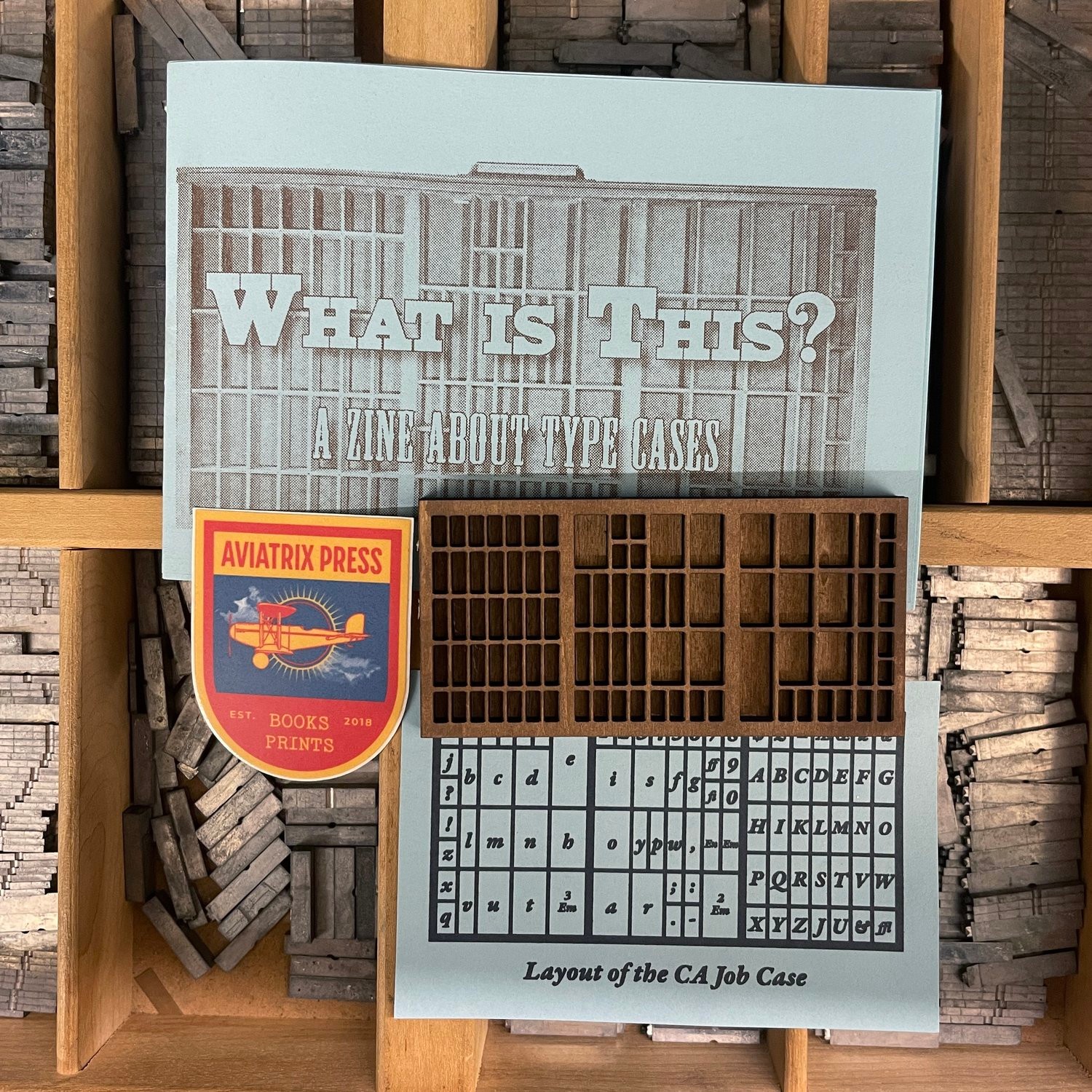
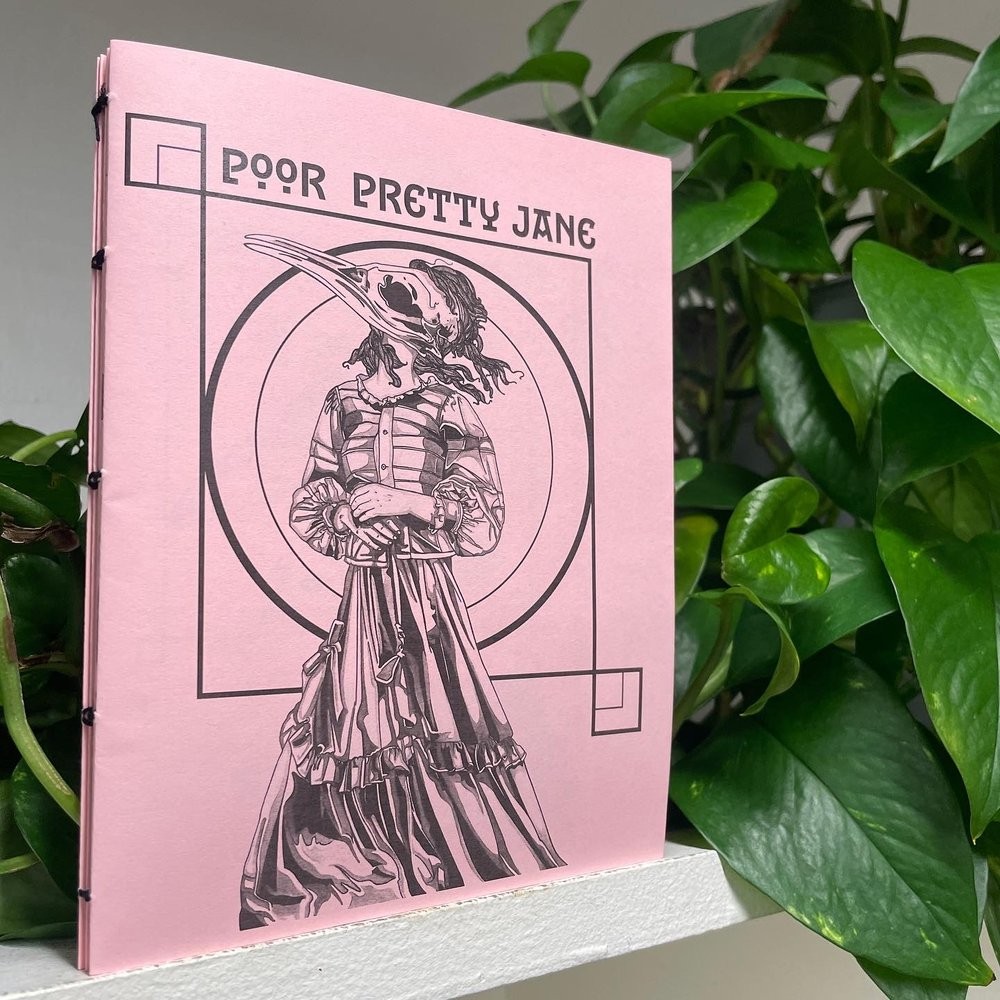
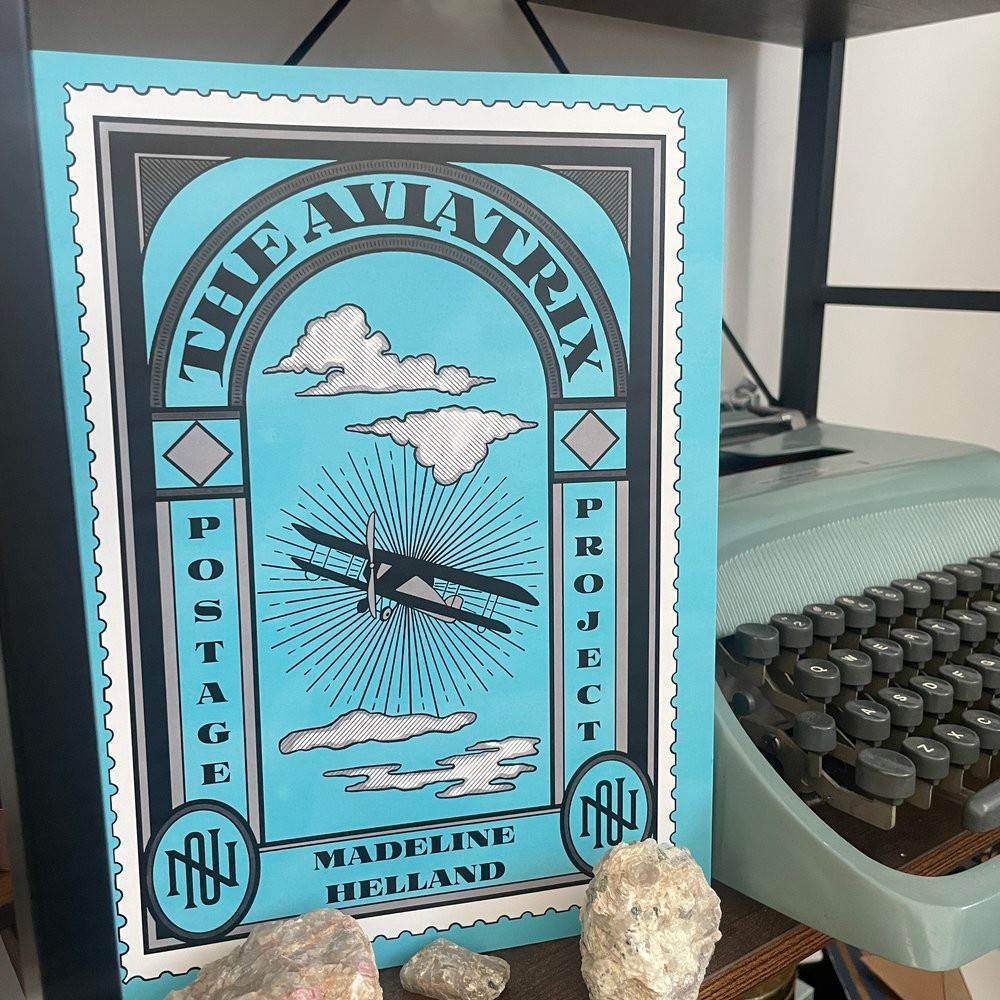
Madeline, before we move on to more of these sorts of questions, can you take some time to bring our readers up to speed on you and what you do?
As a book artist, I create zines, prints and books that feature my illustrations, photographs, writing and designs.
I became an artist in a roundabout way. I had always been an artistic kid– I was never without a sketchbook and I loved visiting museums. But I only had a very traditional understanding of what a working artist looked like, so I tried to find other creative careers that felt more stable. As an undergrad I majored in art conservation, which combined studio art, art history, and chemistry. I envisioned myself working in a library or lab restoring old books and tried to curate a curriculum for myself that would align with this goal. This led me to bookbinding and printing, which I eventually realized I loved more from a historical and artistic standpoint than a scientific one.
After graduating I struggled to find work in conservation, which made it easy to decide it wasn’t the path for me anyway. I shifted gears to working in galleries and museums, still thinking this seemed like a more viable career than being a working artist. Outside of school I realized I suddenly had more free time on my hands, which I used to create more art than ever before. I found myself surrounded by piles of my paintings and photographs and started compiling them into zines. I found a good market at zine fests around Los Angeles and also started finding a community of artists who were making things like me.
The year after all these breakthroughs was 2020. Despite the obvious setbacks that came with the Pandemic, it surprisingly led to a number of opportunities. Although zine fests and book fairs were no longer happening in person, they were taking place virtually, which gave me the ability to apply to events in other states and even countries that I wouldn’t have been able to visit otherwise. It also meant I could multitask and create even more art as I worked remotely at home. Now, four years later, the events I attended in 2019 are gradually making a comeback and I’m attending zine fests, book fairs, and art markets once again.
Since I use historic processes, like letterpress and bookbinding, most of my work is tapping into a sense of nostalgia that connects it back to that history. My books are usually centered around collections of illustrations, photographs, and ephemera, which is a way for me of curating my interests the way I would curate objects in a museum setting. They cover topics like marbled paper, free little libraries, ancient ruins, feral cat colonies, postage stamps and haunted houses. Some of my earlier zines are compilations of images without text, to allow the reader to draw their own opinions about the work without relying on a narrative from me. Since returning to letterpress though, I’ve been more interested in how I can incorporate typography into my projects. It has led to more involved research and writing, in addition to drawing and photography, as text becomes part of my work.
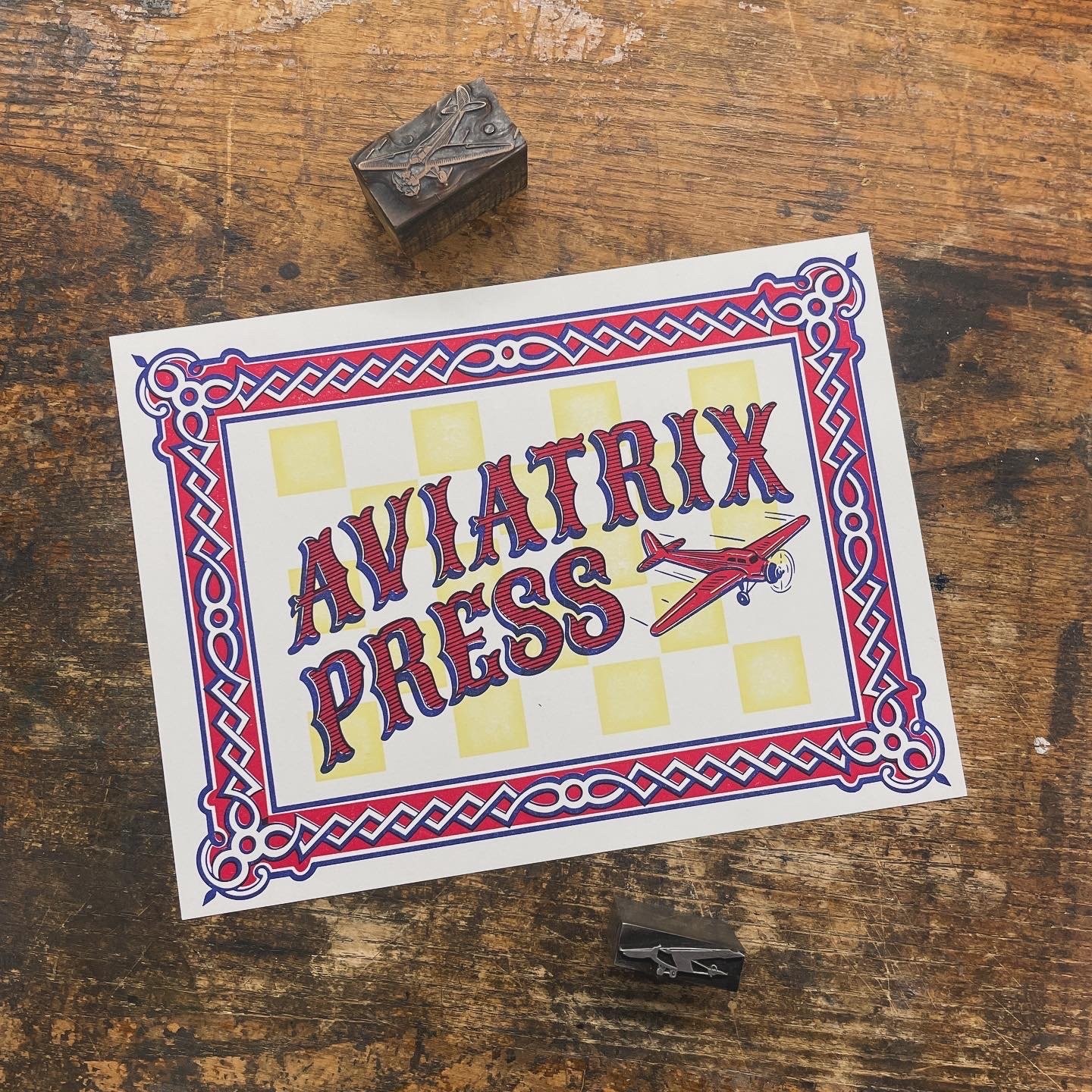

What’s a lesson you had to unlearn and what’s the backstory?
One of the most pervasive lessons I had to unlearn in both bookbinding and letterpress is that there is only one correct way to approach those mediums.
Many bookbinders and printers were trained not in an artistic setting but as a trade. Before they became artforms, they were just skills you needed if you wanted to create printed matter. This required much more precision and stricter adherence to a set of rules to get a perfect product. I learned so much from retired printers while working at the Printing Museum, but they could often be a bit rigid in their understanding of the medium. Likewise, with bookbinders, many of them even now have incredibly high standards for their craftsmanship and as teachers expect nothing short of perfection.
On the other side of this is a newer generation of artists who bucked against these rules to create work in a more experimental manner. They were trained by these former craftsmen and used that knowledge to develop their own distinctive styles. I had a few artists I took workshops with who had this approach in their work and it definitely translated into their teaching methods. They were wonderful friends and instructors but I often felt like the only lesson I took away from the experience was the freedom to do my own experimentation.
I have learned over time that neither one of these methods is more correct than the other. Letterpress and book arts are both complex processes that take a lot of practice but they can get stale if perfection is the only goal. I like to embrace imperfection and experimentation in my work while also trying to study under as many people as possible so their rules can be my guidelines.
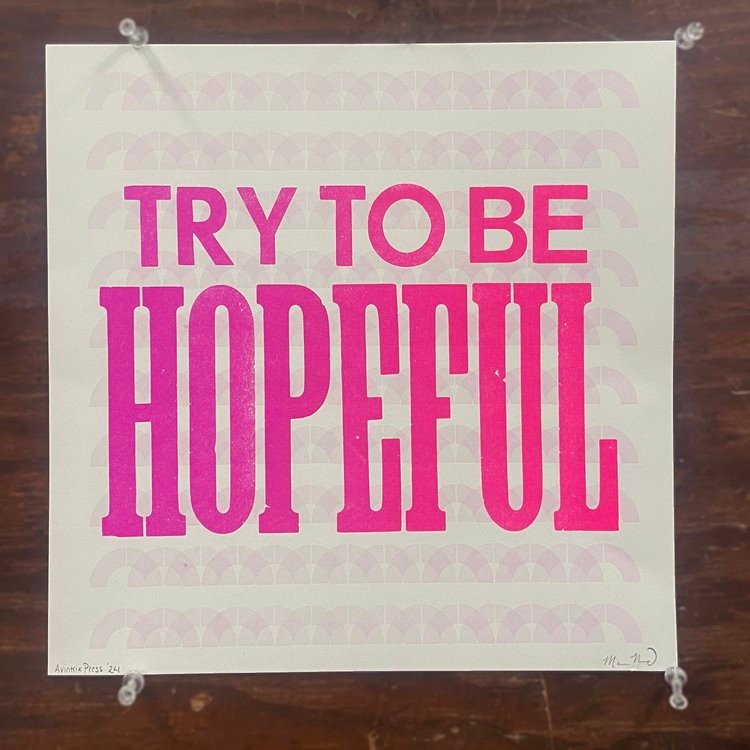

Is there something you think non-creatives will struggle to understand about your journey as a creative?
While my artistic practice is very important to me, having a day job is of equal importance in my life. I think striking this balance can be a little confusing for non-creatives.
When I describe myself, I am often reluctant to open with “I am an artist,” because it is never the only thing I am. I have been a radio DJ, a museum manager, a studio technician and so many other things that feel more straightforward to explain. I think there is an expectation that if you are an artist, it is the only thing you do or that if you have a day job it is just a means to an end to support your artistic practice. Even though I need a day job for financial stability, I find value in it beyond that. Through work, I meet people and engage with things that further my creative work. And having a schedule helps me stay organized and prioritize art when I’m at home.
I’m very lucky that right now my day job goes hand in hand with my creative practice, which makes it easier to tell people I am an artist. But it’s definitely a balancing act to make sure I’m fulfilled in my career while also creating art that fulfills my creative side.
Contact Info:
- Website: https://aviatrixpress.com/
- Instagram: https://www.instagram.com/aviatrixpress/


